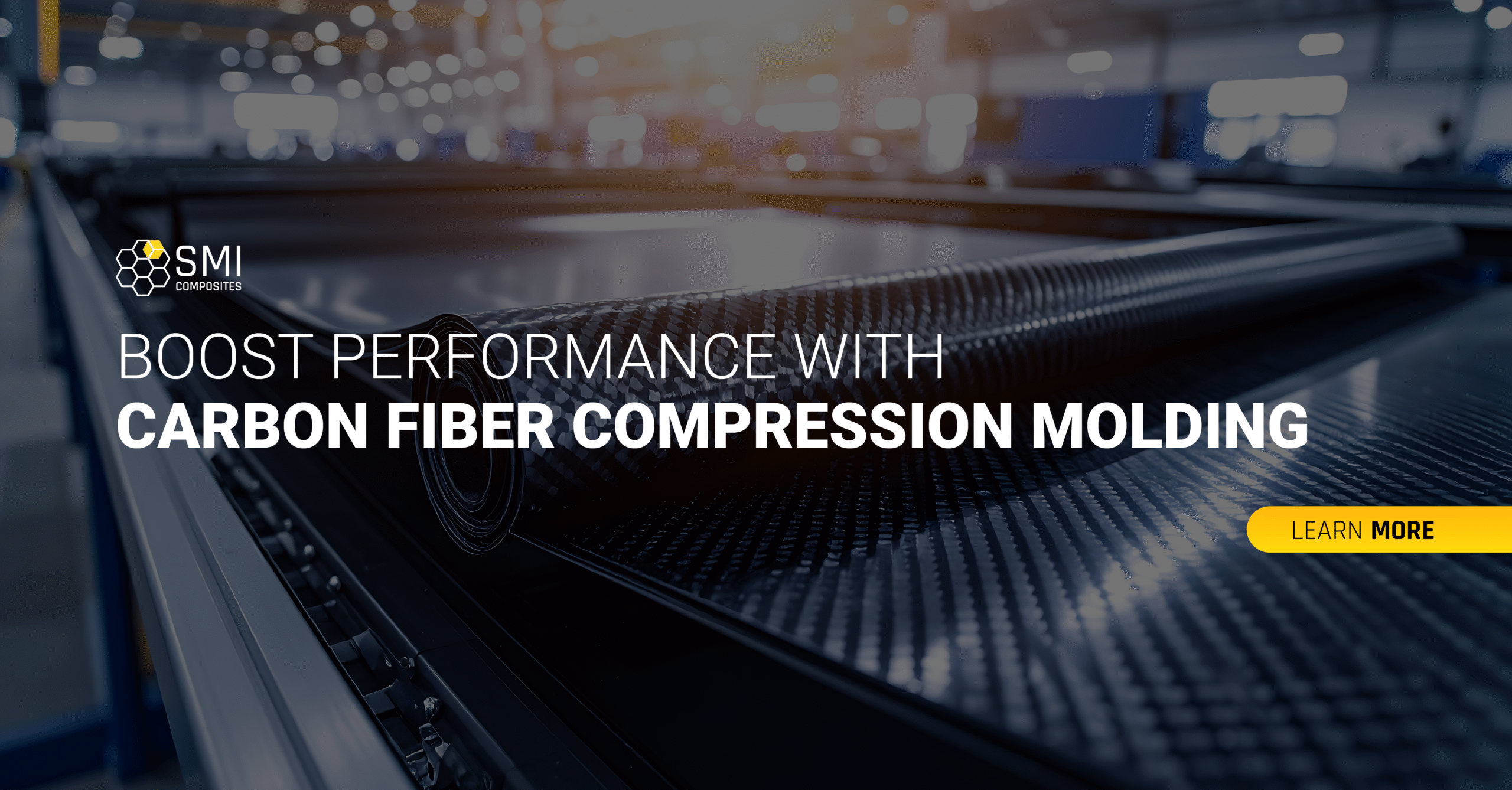
Carbon fiber compression molding is an advanced manufacturing process that produces strong, lightweight, and visually striking components with greater efficiency and less waste. With growing applications in industries like automotive and aerospace, this technology is evolving through automation and sustainability efforts, giving manufacturers a powerful competitive edge.
In an age where lightweight structures and high-performance materials define the competition, understanding the intricacies of carbon fiber compression molding can significantly enhance product development. Imagine crafting highly durable components that not only reduce weight but also add a striking aesthetic to your designs.
Would you like to achieve this? Then read on. This article unpacks the benefits and applications of carbon fiber compression molding. Ensuring you harness its full potential for your manufacturing needs.
How Are Carbon Fiber Molds Made?
Carbon fiber compression molding is an advanced molding technique that combines the advantageous properties of carbon fiber with efficient manufacturing processes. This method not only leverages the strength-to-weight ratio of carbon fiber but also optimizes production by minimizing waste through precise material application.
The compression molding process itself involves placing dry or pre-preg carbon fiber materials into a heated mold. Once the mold is closed, heat and pressure are applied, causing the materials to cure and harden into the desired shape. This process efficiently yields finished parts in less time than traditional production methods, often leading to significant cost savings and faster turnaround times.
Does Carbon Fiber Have Good Tensile or Compressive Strength?
The demand for lightweight materials has surged in various industries, from aerospace to automotive. Carbon fiber stands out due to its exceptional properties:
- Strength: Carbon fiber composites exhibit remarkable tensile strength, making them ideal for high-stress applications
- Weight reduction: Components made from carbon fiber are considerably lighter than those made from metals, thus enhancing performance and fuel efficiency
- Aesthetic appeal: The sleek appearance of carbon fiber resonates with modern design trends, making it an attractive option for consumer products
Applications and Advancements in Carbon Fiber Molding
From high-performance sports equipment to innovative automotive parts, carbon fiber applications are vast and varied. Manufacturers are increasingly adopting carbon fiber compression molding to meet the rigorous demands of modern design and functionality. The automotive industry, for example, leverages this technology to produce lightweight body panels and structural components that enhance vehicle efficiency.
Furthermore, advancements in composite manufacturing have led to improvements in the molding process itself. Resulting in even stronger and more reliable products. The use of automated systems in adjusting temperature and pressure during molding enhances consistency and quality. Also, reducing defects and manual labor.
The Future Is Bright for Carbon Fiber Compression Molding
As technology evolves, we anticipate a rise in automation and the use of simulation software, optimizing the molding process. Therefore, it allows for superior product designs with unique geometries.
Embracing carbon fiber compression molding today equips manufacturers with a competitive advantage. It is paving the way for innovative and efficient product development. Whether you’re looking to enhance the durability of a product or leverage modern materials, carbon fiber is poised to be a game-changer.
Are you ready to integrate carbon fiber compression molding into your production line? Then contact SMI Composites today. We were awarded Supplier of the Year 2021 by the Georgia Department of Economic Development.
